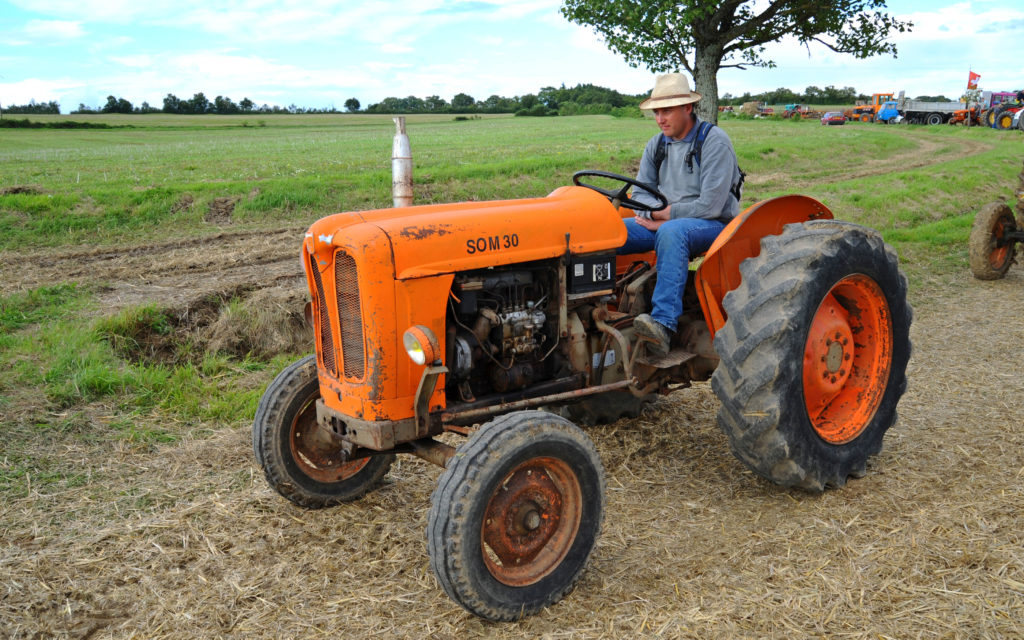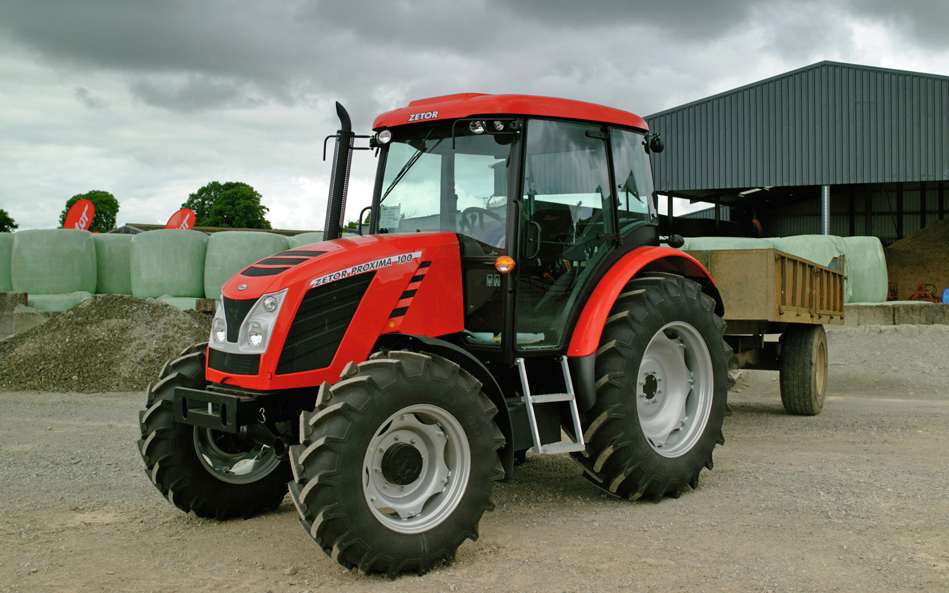In a recent article covering the development of tandem tractors, the name Someca appeared as a manufacturer of tractors in post-war France, a company which would have celebrated its 70th anniversary this year.
La Societe de Mecanique de la Seine, thankfully reduced to plain Someca, was a particularly successful tractor brand in France and throughout Europe, although not widely known in Ireland.
No French connection
Ireland managed to escape any great invasion of French tractors during the 1950s and 1960s despite German marques such as Porsche and Lanz finding their way over in reasonable numbers.

Quite why this is so is not clear, both France and Germany were in need of foreign currency to boost their war-torn economies, and the world needed tractors, but the two never seemed to quite come together in Ireland.
Someca might not have penetrated the Irish market too deeply, but it did, however, have one great advantage over other makes and that was that it had the power and financial might of Fiat behind it.
Power behind the Someca throne
In fact, it may be said that the company was simply a way for the Italian giant to infiltrate another market by dressing its product in a cloak more appealing, or less offensive, to French farmers, seeing as Italy had been on the wrong side, for most of the time, in the conflict.

Someca first came into existence as the agricultural offshoot of Simca, a Fiat-backed producer of cars in France.
Simca itself had been formed in 1934 through a collaboration between Fiat and its agent in France, producing Fiat designs using locally sourced components, and it was this business model that was then applied to the tractor market some 20 years later.
Starting afresh
Having suffered the ravages of war and with much of its industry destroyed, there was the need within Europe to get economies up and running again, and that, in those years, meant making things once more.
The war had laid waste not just to the landscape, but also to many old ideas and established practices, one of which was that the horse would forever remain the major source of power on farms.

Simca was not oblivious to the mechanical revolution overtaking farms and so cast around for a suitable entry into the market, eventually alighting upon the MAP tractor company.
MAP was, at the time, producing a tractor powered by a two-cylinder, four-piston, two-stroke diesel with a cumbersome rocker arrangement transmitting the power to a central crankshaft.
Opposing pistons
This sounds a hugely complex affair and to some extent it was, but running opposing pistons in the same cylinder with each attached to its own crankshaft was nothing unusual at the time.

Junkers had such an arrangement installed in its aircraft with its Jumo engine while the renowned Deltic diesel engine powered everything from railway locomotives to minesweepers.
These engines, however, had multiple crankshafts geared together, while the MAP DR3 relied upon the aforementioned rocker arrangement to drive just the one, in a manner similar to a four-stroke valve chain.
Attractive acquisition
Physically it was a big motor with a lot of internal weight moving reciprocally, which further detracted from its already modest output of 20hp.
Hardly surprising then that the company, with all its production machinery and factory space located in the suburbs of Paris, was ripe for a takeover as it struggled to sell its rather novel product.
The deal was done in 1952, within a year the old MAP model had been discontinued and the new Siveta (later changed to Someca) company formed to make and sell tractors, based on Fiat designs, in an already functioning factory.
Sensible engine
Its first model to emerge from the factory under the Someca name was the DA50. This was a 37hp machine based on the MAP tractor but with a slightly less exotic inline four-cylinder diesel replacing the boxer engine of MAP’s own design.

This model sold 18,741 units in its 12-year life span, being heavily updated along the way with a new gearbox and adjustments to its geometry which lowered the centre of gravity and increased traction.
This was the start of a range of tractors which eventually reached 180hp, although in later years it was only body components that the company provided to the Fiat factory at Modena, making it difficult to define at what point production in France actually ended.
A second factory for Someca
Based in the centre of France, in the town of Bourbon-Lancy, there was another company which manufactured and imported agricultural machinery, mainly Fiat tractors from Italy and Presidents from the UK, in addition to being agents for MAP.
The company was Someca-Puzenat, another concern in which Fiat had an interest and later was merged totally into the parent company.

Within a few years, production of tractors was gradually switched from Paris to the Bourbon-Lancy factory, beginning with the 45hp Som 40 in 1961.
It was here that the machines were built, up until 1973, when all production was taken back to Modena in Italy after several fall-outs with John Deere over a joint venture to produce diesel engines at the plant, although Deere was less inclined to consider them tiffs.
Fiat takes charge
Someca by then was fully under the Fiat wing and had been producing tractors under licence from its Italian parent since 1965. In 1983 it was fully integrated into FiatAgri and then Fiat New Holland 10 years later.

The factory at Bourbon-Lancy moved to the production of forklift trucks before manufacturing engines under the Fiat Power Train (FPT) banner, a role it still fulfils today.
The story of Someca appears typical of the rise and fall of marques in the latter half of the 20th century and it does indeed mirror that of many other tractor companies of that period.
Same story, different country
The pattern was the same throughout Europe and the U.S, a sudden flowering of companies in the post-war years as demand increased due to the conversion to oil powered farming, and then the slow decline due to the need having been fulfilled.

Once the virtues of tractor power had been established, the demand switched from many smaller units to a fewer larger machines, reducing the required manufacturing capacity.
Of the surviving mainline brands we see today, they all have a legacy that either stretches back to before the war or they became part of a much larger group.
Few survivors
Valtra, Zetor and Steyr are the three major brands which were born in the ‘hot house’ of the post-war tractor boom and still survive, and it is only Zetor that stands alone, the other two being divisions of global corporations.
John Deere, New Holland, Massey Ferguson etc can all trace their routes back to the early 1900s or beyond.

Fendt came a little later, in 1930, while Kubota and JCB Fastrac only became involved in large tractor production more recently, and each have a parent company with resources large enough to back their development.
Someca very much fits into the category of boomtime tractors and Fiat was astute in managing its rise and demise, an astuteness that we can see today as it bases three brands on common componentry, yet it lets each one find its own way forward.
As a model for extracting the maximum advantage from a phase in agricultural history, the Someca story is particularly representative and informative.

